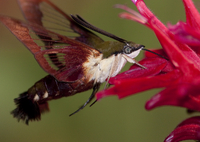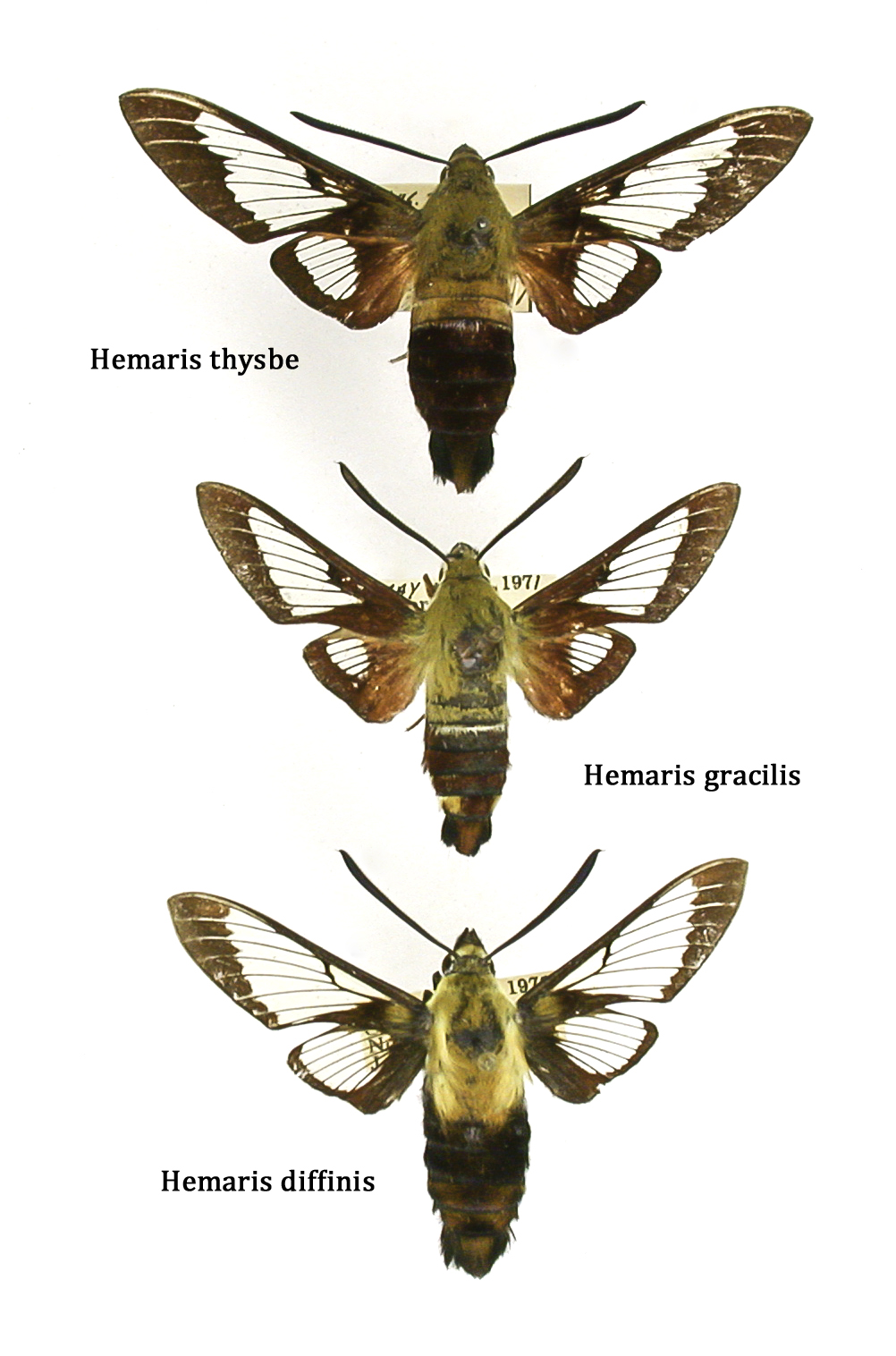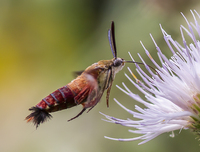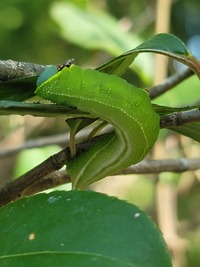
| Recorded by: Matt O'Driscoll on 2025-09-03
Alamance Co.
Comment: | 
| Recorded by: Dean Furbish on 2025-08-23
Wake Co.
Comment: |
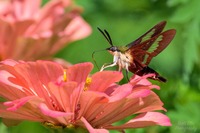
| Recorded by: Scott Ellis on 2025-07-24
Wake Co.
Comment: | 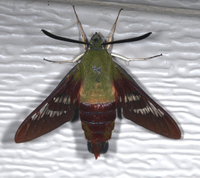
| Recorded by: Jim Petranka on 2025-07-18
Madison Co.
Comment: |
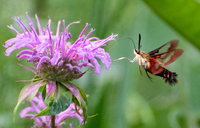
| Recorded by: Emily Stanley on 2025-07-05
Buncombe Co.
Comment: | 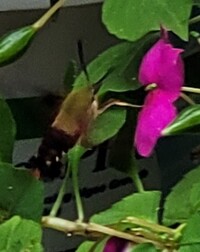
| Recorded by: Connie Danner on 2024-08-29
Avery Co.
Comment: |
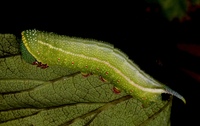
| Recorded by: Stephen Dunn on 2024-08-20
Orange Co.
Comment: | 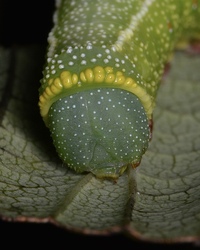
| Recorded by: Stephen Dunn on 2024-08-20
Orange Co.
Comment: |

| Recorded by: Nora Murdock, Robert Emmott on 2024-08-14
Haywood Co.
Comment: | 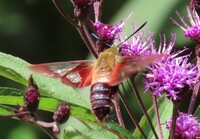
| Recorded by: Nora Murdock, Robert Emmott on 2024-08-14
Haywood Co.
Comment: |
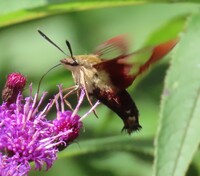
| Recorded by: Nora Murdock, Robert Emmott on 2024-08-14
Haywood Co.
Comment: | 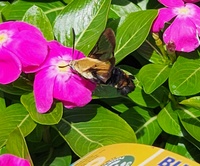
| Recorded by: Becky Eaton on 2024-06-01
Surry Co.
Comment: |
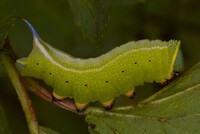
| Recorded by: Stephen Dunn on 2023-09-28
Orange Co.
Comment: On a Viburnum dentatum. | 
| Recorded by: Stephen Dunn on 2023-09-28
Orange Co.
Comment: On a Viburnum dentatum in our yard. |
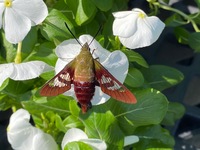
| Recorded by: Susie Moffat on 2023-08-08
Orange Co.
Comment: | 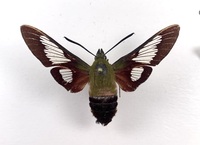
| Recorded by: Richard Teper on 2023-06-25
Orange Co.
Comment: |
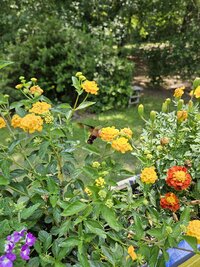
| Recorded by: Terrell Tucker on 2023-06-17
Moore Co.
Comment: | 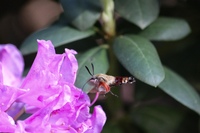
| Recorded by: Kayla Ruff on 2023-04-28
Alexander Co.
Comment: |

| Recorded by: Kayla Ruff on 2023-04-28
Alexander Co.
Comment: | 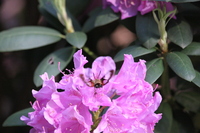
| Recorded by: Kayla Ruff on 2023-04-28
Alexander Co.
Comment: |
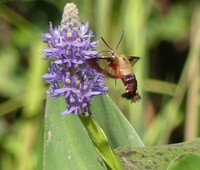
| Recorded by: George Andrews on 2022-09-13
Mecklenburg Co.
Comment: | 
| Recorded by: Jenna Muti on 2022-09-08
Johnston Co.
Comment: |
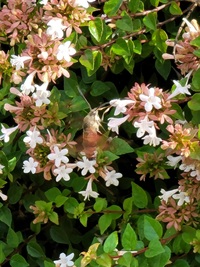
| Recorded by: Jenna Muti on 2022-09-08
Johnston Co.
Comment: | 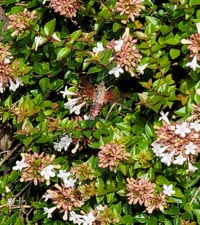
| Recorded by: Jenna Muti on 2022-09-08
Johnston Co.
Comment: |
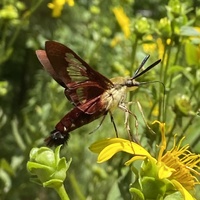
| Recorded by: David George, L.M. Carlson, Becky Watkins on 2022-08-07
Orange Co.
Comment: | 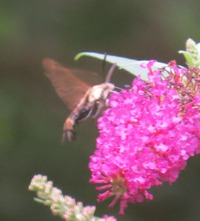
| Recorded by: Marilyn Westphal on 2022-07-17
Henderson Co.
Comment: |
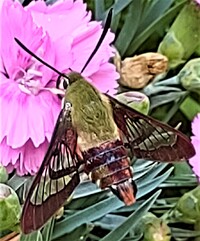
| Recorded by: Dean Furbish and Joy Wiggins on 2022-04-22
Wake Co.
Comment: | 
| Recorded by: Ashley Horrocks on 2022-04-08
Onslow Co.
Comment: |
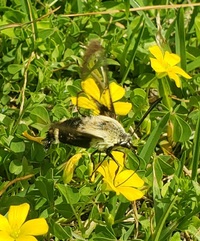
| Recorded by: Ashley Horrocks on 2022-04-08
Onslow Co.
Comment: | 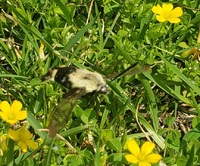
| Recorded by: Ashley Horrocks on 2022-04-08
Onslow Co.
Comment: |
|

 »
»